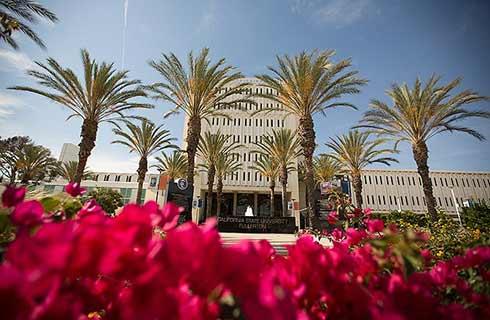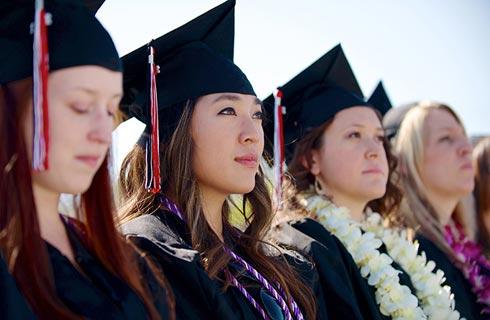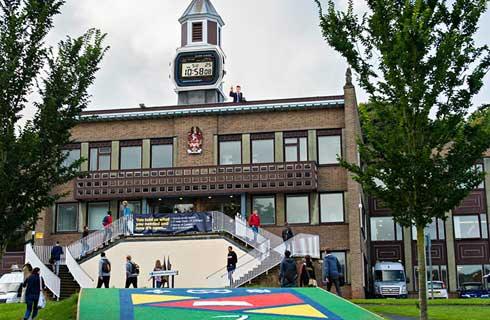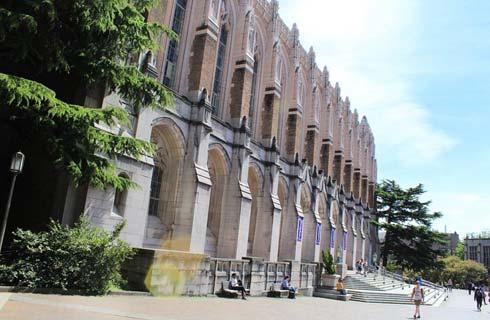国际学生入学条件
Strong academic preparation and a U.S.-equivalent cumulative grade point average of 2.5 on a 4.0 scale (for freshman applicants) or 2.0 college/university grade point average on a 4.0 scale (for transfer students).
IELTS- 6.0
TOEFL- 68, pbt- 520
展开
IDP—雅思考试联合主办方

雅思考试总分
6.0
了解更多
雅思考试指南
- 雅思总分:6
- 托福网考总分:68
- 托福笔试总分:520
- 其他语言考试:Pearson Test of English (PTE)- 47
CRICOS代码:
申请截止日期: 请与IDP顾问联系以获取详细信息。
课程简介
Students in the Department of Physics and Astronomy at the University of New Mexico find themselves immersed in a stimulating atmosphere arising from their exposure to the teaching and research activities of 29 regular faculty members, another several dozen research, adjunct and part-time faculty members, a dozen postdoctoral research associates, and from their interactions with well over 100 undergraduate majors and over 120 graduate students. The atmosphere is enriched by activities of the Center for Quantum Information and Control, the Consortium of the Americas for Interdisciplinary Science, the New Mexico Center for Particle Physics, and the Institute for Astrophysics, which are housed in the department; by the Center for High Technology Materials, in which physicists and engineers are at work on understanding and developing optoelectronic materials and devices with novel properties; by the New Mexico Center for the Spatiotemporal Modeling of Cell Signaling, a collaborative effort that includes physicists, engineers, mathematicians, and biologists to study complex cell signaling networks, and by the collaborative projects the faculty and students in the department carry out with neighboring laboratories such as Sandia National Laboratories, the Los Alamos National Laboratory, the Air Force Research Laboratory, and the National Radio Astronomy Observatory; with local industries, and with institutes, universities and other centers of learning in the USA and elsewhere. Outstanding scientists from all over the world visit the department for periods of a few weeks to as long as a year, while seminars and colloquia feature international experts in their fields each week.<br><br>The research atmosphere is equally active, with work being pursued in astrophysics and astronomy, optics and photonics, condensed matter physics, quantum information, atomic and subatomic physics, biomedical physics, general relativity and statistical physics. The research is funded at a high level by various external agencies such as the National Science Foundation, the Department of Energy, the Department of Defense, the National Institutes of Health, and NASA.
展开







 预科
预科 奖学金
奖学金 实习机会
实习机会 在校学习
在校学习 跨境学习
跨境学习 校园授课-线上开始
校园授课-线上开始 在线/远程学习
在线/远程学习













 滑铁卢大学
滑铁卢大学

 滑铁卢大学
滑铁卢大学

 代顿大学
代顿大学

 代顿大学
代顿大学

 西密歇根大学
西密歇根大学

 休斯顿大学
休斯顿大学


























